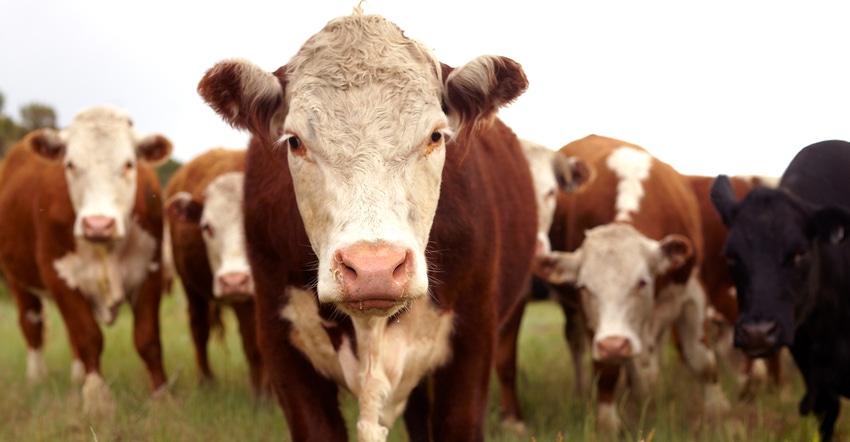March 30, 2022

Looking out over green pastures to see a herd of grazing beef cows can be a pleasant experience for the casual observer. However, those engaged in grazing management know that maintaining quality forage to nourish the producing female and her growing calf takes more than opening the barn gate in spring. Proper management of both plants and animals requires implementing strategies to keep the forage plants growing, the cows milking and the calves developing.
Perennial pastures can benefit from incorporating annual forages into the management plan. Annual forages can be a tool to control weeds, improve areas damaged by overwintering and increase the length of the growing season.
It is all too common for areas or complete pastures to become overgrazed. Overgrazing can happen for many reasons, and when this occurs, weeds have a chance to take hold. One such weed is Canada thistle. Canada thistle is a perennial and spreads by underground roots, known as rhizomes, and seeds. Because of the way Canada thistle reproduces, it is challenging to control in a grazing system. Mob grazing, mowing and spraying can be used as control methods.
However, if reseeding the pasture or paddock is planned, then first consider planting annual forages for a couple of years. That will allow multiple chances for control without damaging newly planted permanent pasture stands. Once weed competition has been significantly reduced, the newly planted perennial plants will rejuvenate the pastureland to productive levels.
Evidence of winter feeding areas may be seen as you look out over pastures. Some winter feeding practices used in pastures encourage cattle to stay in the same area, causing damage to plants. Reseeding with annual or perennial forage crops is an option to increase forage production in these damaged areas. Winter feeding areas used continuously year after year would benefit from the introduction of annual forages, and a healthy stand of plants would reduce erosion of exposed soil. Planting cool-season annuals in these areas can extend the grazing season to lessen the damage to soil due to cattle congregating at the feeding stations.
Annual forage crops
Planting annual forage crops can extend the growing season and be incorporated into a cash-crop rotation. A well-timed schedule of seeding winter annuals in the fall and warm-season annuals late in the spring ensures forage is available to cattle, both in the spring before typical spring green-up and during the heat of the summer, avoiding the dreaded “summer slump.” High-quality annual forages can adequately meet the nutritional needs of cows in early lactation and during the breeding season. They can also meet the needs of growing animals and are commonly used in stocker programs.
Incorporating annual forages takes increased management of rotational grazing and managing stocking rates to encourage plants’ productive growth and optimize forage quality and quantity. An example of incorporating grazing annuals into a crop rotation: Plant and graze annual crops for one to two years, followed by planting a cash crop or establishing permanent pasture or hay crop.
Implement these annual forage strategies to extend the grazing season, supplement permanent pastures during times of the year when they are less productive, rejuvenate winter feeding grounds and assist with invasive weed control — ultimately benefiting cattle with productive pasture forages.
Ihde is the Extension agriculture educator for Crawford and Richland counties, Wis. This column is provided by the University of Wisconsin Division of Extension Livestock Team.
You May Also Like




